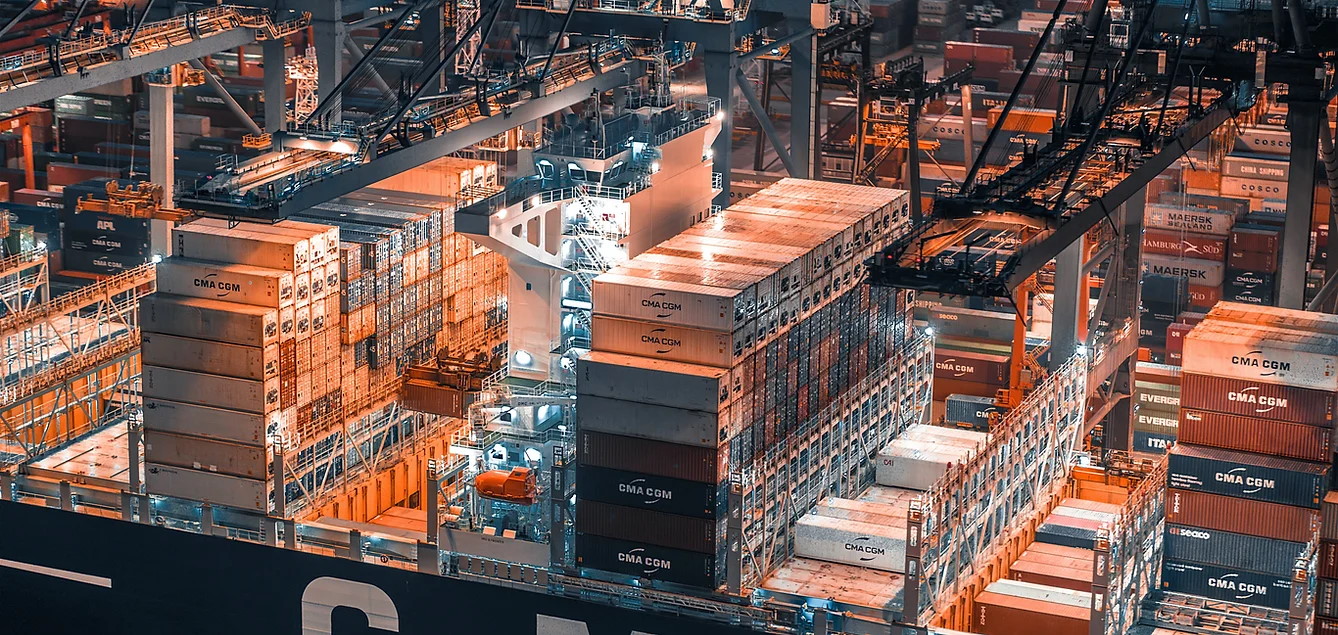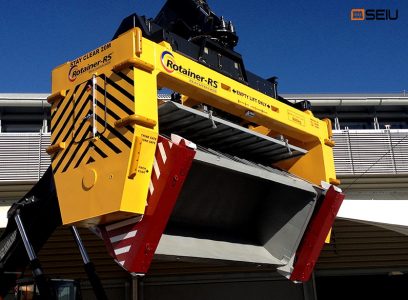
Content
1. Introduction
2. Problems of classical logistics of raw materials
3. Advantages of cargo containerization technology
4. Conclusions
Introduction
We already know that containerized bulk handling (CBH) is truly environmentally friendly logistics. But it is important that CBH supply chains meet other criteria as well. How will the introduction of CBH affect the quality, speed and cost of your logistics? Let’s find out.
The technology is aimed at optimizing logistics chains, usually for raw materials. Handling such cargo requires huge warehouse space. Transportation is not complete without the use of a large number of rolling stock or tonnage. And the accumulation of shiploads and transshipment of raw materials requires investment in specialized terminals.
Problems of classical logistics of raw materials
Storage of any goods in open warehouses always leads to natural losses. The situation becomes more complicated as the number of such warehouses in the logistics chain increases. Keeping a large number of railroad cars, for example, requires an extensive chain of access roads. Transportation by river barges requires a short quay wall length to ensure loading and unloading operations and a water area for tonnage storage. The availability of specialized equipment and the allocation of areas in ports for the accumulation of shiploads is another story. Given the large volumes of transshipment, warehouses can be located deep in the rear of the port. And in order to ensure the supply of cargo from the rear warehouses, a considerable amount of lifting and handling equipment and conveyor systems is required.
Open storage, and in several warehouses in the chain, will inevitably lead to a deterioration in the quality of both the goods and the entire logistics. Transportation of goods in open barges and railcars does not ensure their safety and quality. The time spent on loading and unloading operations greatly slows down the speed of delivery of raw materials to the end user. Downtime during loading and unloading operations and a long payback period for investments in specialized equipment increase the cost of the entire logistics chain for raw materials.
Advantages of CBH technology
The introduction of CBH technology will have a significant impact on improving cargo quality. Storage, transportation and transshipment in closed containers ensures 100% safety of raw materials. One of the main advantages of CBH technology is that there is no need to use specialized rolling stock and terminals. Containers with bulk and break bulk cargo can be transported on universal container platforms and handled at universal container terminals. Additional investments in rolling stock and terminal construction are reduced to zero. And this has a positive impact on the cost of logistics, reducing it. Container transportation, for example, by rail, is carried out as part of container block trains. In the part of the world where I live, this means about 54 40-foot platforms with 108 20-foot containers. Such a train can reach a speed of about 1000 km per day, having a dedicated schedule line. While the standard speed of the route, for example, with gondola cars, does not exceed 500 km per day. All of this directly affects the speed of raw material delivery and indirectly the cost of the entire logistics. Less rolling stock is needed to transport the same amount of cargo.
Conclusion
CBH technology really meets the criteria of fast, high-quality and cheap logistics. Further, I am going to analyze the logistics chains of specific raw materials cargoes, providing figures if possible. In the meantime, please follow the links and get acquainted with the capabilities of our equipment (Specialised containers and Rotainers).
Author: Mykola Soloviov
You will also be interested in: SO WHAT IS THE CONTAINERIZATION OF BULK CARGO?





